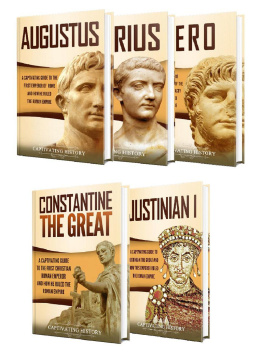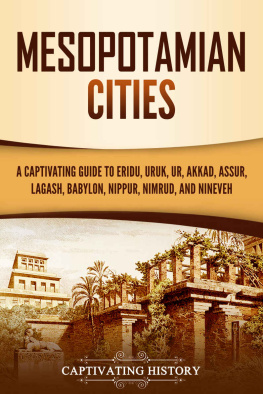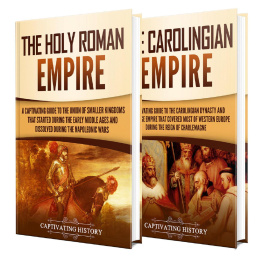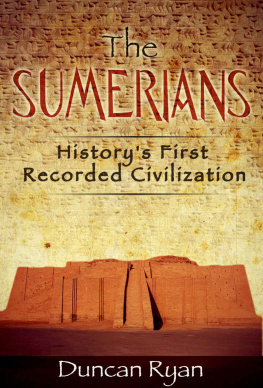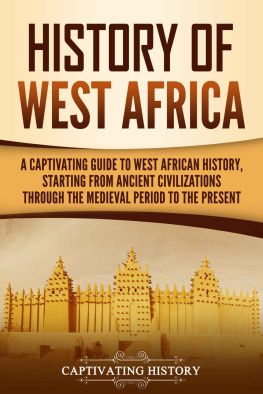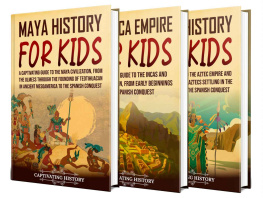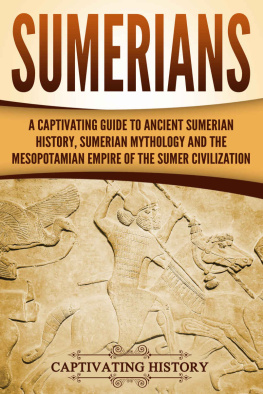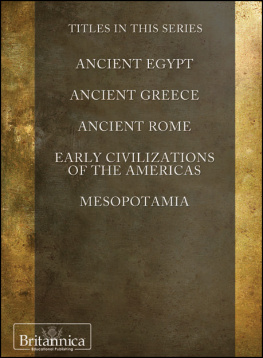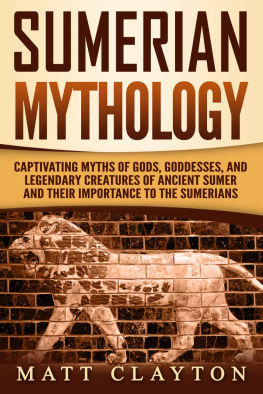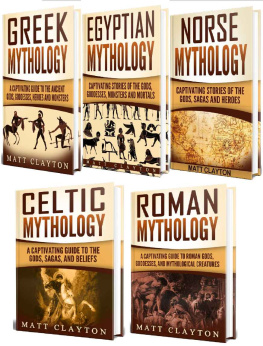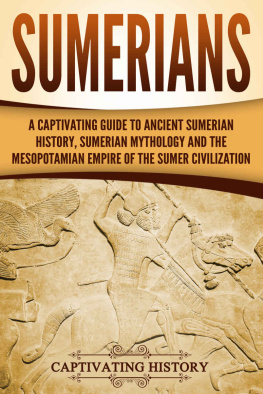My name is Matt Clayton, and Im the creator of Captivating History. First off, I want to THANK YOU for reading our books in the Captivating History series. As an avid reader of History myself, I aim to produce books that will hold you captive.
Now you have a chance to join our exclusive history list so you can get the ebook below for free as well as discounts and a potential to get more history books for free! Simply click the link below to join.
P.S. If you join now, you will also receive a free Mythology book. Remember that its 100% free to join the list.
Ancient Mesopotamia: The Cradle of Civilization
There are several places around the world that have been dubbed Cradles of Civilization. These areas of the world are where humans first settled. Its where they said goodbye to their nomadic hunter-gatherer lifestyles in favor of agriculture and permanent settlements. And many of these first villages and cities are still around today, providing a visceral connection between human past and human present.
However, of all the different Cradles of Civilization around the world, perhaps no other is as important and influential to the development of human civilization as Mesopotamia. Literally translated from Sumerian to mean the land between the rivers, Mesopotamia refers to the valleys and plains in between and around the Tigris and Euphrates Rivers, which are located in modern-day Iraq. Directly surrounding Mesopotamia, stretching as far west as Israel and Egypt and all the way east to modern-day Iran, is the Fertile Crescent, named for the remarkable fertility of the land that made this region an ideal place for human civilization to prosper.
It was in this region of the world that the first act of humanitys long performance on the world stage would play out. As people settled, different groups became more powerful. Kings and queens popped up in cities and city-states all across the region, and their fight to secure land and resources, as well as their position in history and with the gods, would define some 5,000 years of human history. And in many ways, this story is not over. Much of the current Middle Eastern political landscape, as is the case in most parts of the world, has its roots in these ancient civilizations, making studying these societies just as relevant today as its ever been.
But because of the long history of Mesopotamia and the many different people who lived there and controlled it, keeping track of all the different events, and their significance, can be difficult even for dedicated scholars. And this confusion is often what pushes us away from trying to further understand these societies and the impact theyve had on the world around us.
As a result, its important to lay out the order of events and to spend time grasping some of the overall trends in Ancient Mesopotamian history before diving too deeply into any one civilization. This will provide more context when studying each society, making it easier to understand the importance and significance of each event.
It All Starts with Sumer
To begin with, its important to remember that the story of Ancient Mesopotamia, as it pertains to the development of human history, starts with Sumer. The Sumerians were an ancient, non-Semitic speaking group of people who lived in Mesopotamia since possibly the beginning of human existence. The first Sumerian city, Eridu, dates back to the 54 th century BCE. It is considered by many to be one of if not the first city in the world. And it was where the Ancient Sumerians chose their center of their civilization to be.
Surrounding Eridu, the Sumerians would settle a number of other cities that would grow to be important political and commercial centers in the ancient world. Larsa, Sippar, Uruk, Kish, Ur, and Nippur, among others, would all grow into powerful city-states, and it was their alliance that brought neighboring cities closer together than they had ever been before.
In addition to a sedentary lifestyle based on agriculture, other reasons the Sumerians are considered to be one of the first real, and therefore most important, civilizations is that they are believed to be some of the first people in the world to have had writing and language. The Sumerians were the first to use pictures for words, and they wrote them down on clay tablets.
Many of the most important Sumerian city-states were settled by c. 3500 BCE, and over the course of the next 1,000 years, they united, albeit it loosely, and grew to be a powerful civilization, using writing, as well as other advancements, such as the wheel, to grow and develop economically, socially, and politically.
Perhaps the pinnacle of early Sumerian history comes with the rise of King Gilgamesh in c. 2700 BCE. He was the king of the city of Uruk, and he was enshrined into Sumerian history thanks to the Epic of Gilgamesh , one of the oldest pieces of literature in human history
In the story, Gilgamesh goes on a series of adventures in hopes of attaining eternal glory, only to find out that no human can escape death. Interestingly, Gilgamesh, in the epic, visits a man named Utnapishtim, who was famous for having helped the Sumerians survive a massive flood sometime in their past. Many historians believe this reference to a flood is the same one that inspired the story of Noahs Ark, one of the most well-known stories in the Old Testament of the Bible.
The Arrival of the Akkadians, Elamites, Babylonians, and Assyrians
Another interesting part of the Epic of Gilgamesh is that it was written in Akkadian, not Sumerian. This at first seems strange, but at the time, the Akkadians, defined by their Semitic Akkadian language, were growing in numbers and influence. By 2330 BCE, King Sargon I of the Akkadians conquered the Sumerians as they marched throughout Mesopotamia, creating the worlds first empire.




